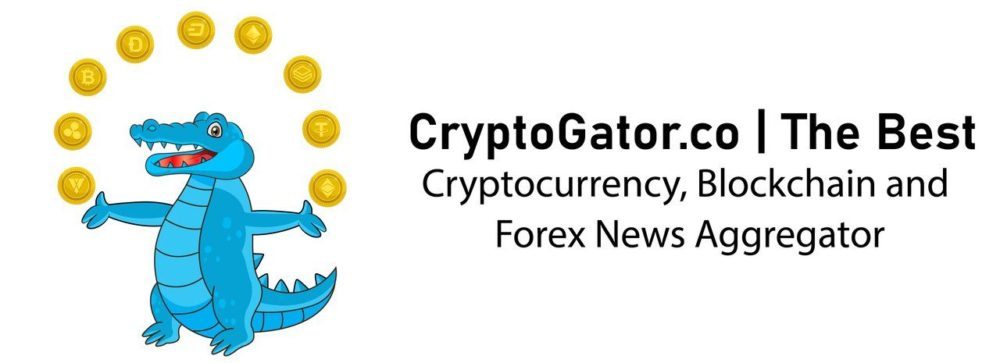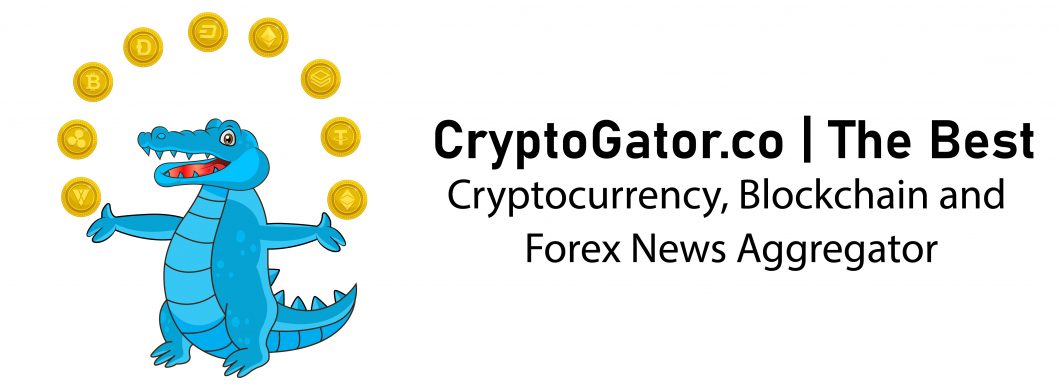NFTs are often described as digital content that exists entirely on the blockchain. However, most NFTs are better defined as links that exist on the blockchain. Storing files on-chain is possible, but it isn’t common. In this article, we’ll look at on-chain NFTs, off-chain NFTs, and the benefits and downfalls of each method.
How do NFTs work?
Off-chain NFTs
In most cases, NFTs contain a link pointing to a file stored on the Interplanetary File System (IPFS). Services like Pinata offer IPFS protocols used to store and share files. To be clear, IPFS is a web2 solution, however, many of these services are closely tied to Web3 because of how they are utilized. Pinata refers to itself as “The Web3 Media Platform” because it knows most of its users rely on it for NFT file storage.
NFT marketplaces and galleries use the NFT’s metadata (the link pointing to the IPFS file) to decide what to display when you look at the NFT. For example, if “tokenID 12345” links to a picture of a taco, the app will display the picture of a taco; if it links to an image of a cat, the app will display the cat picture.
On-chain NFTs
Some projects, such as CryptoPunks, store their files on-chain. In this case, the digital file is stored on mainnet, and the file itself is a core part of the NFT’s metadata. According to Larva Labs, “[on-chain storage serves to] cement the long-term survival of the CryptoPunks images and attributes, and ensure that they can be fully accessed by anyone with only an Ethereum client.”
On-chain vs. off-chain storage
On-chain NFT storage is incredibly cost-prohibitive; when Larva Labs stored their CryptoPunks on-chain, they spent over 73M gas. A recent study found that it costs around $20K to Store 500KB of data on the Ethereum blockchain. The exorbitant costs are the primary reason most projects opt for off-chain storage. Still, off-chain storage isn’t entirely secure.
Files can be pinned to NFTs in various ways, including a URL or CID. URL pinning isn’t ideal, as the URL’s contents can change over time. A URL pointing to a taco image could later point to a cat picture, even if somebody spent 1 ETH for the taco NFT. In this case, their taco NFT would now be a cat NFT, and they couldn’t do anything about it.
CID pinning is more secure, as the CID would change if the content changes. If someone were to change the picture of a taco to a picture of a cat, the associated NFT would still point to the taco since the CID was generated based on the image itself. However, this doesn’t mean CID pinning is entirely secure. If the IPFS servers were to shut down, the NFT image would disappear. This unfortunate circumstance was experienced firsthand by those who purchased Coachella’s lifetime pass NFTs from FTX before its collapse.
On-chain NFT files would only disappear if the blockchain disappeared, making it a more secure method of storing NFT files. Still, this method is unlikely to be used frequently unless blockchain storage costs are reduced.
Want more? Connect with NFT Plazas
Join the Weekly Newsletter
Join our Discord
Follow us on Twitter
Like us on Facebook
Follow us on Instagram
*All investment/financial opinions expressed by NFT Plazas are from the personal research and experience of our site moderators and are intended as educational material only. Individuals are required to fully research any product prior to making any kind of investment.
The post A Collectors Guide to On Chain vs Off Chain NFTs appeared first on NFT Plazas.



